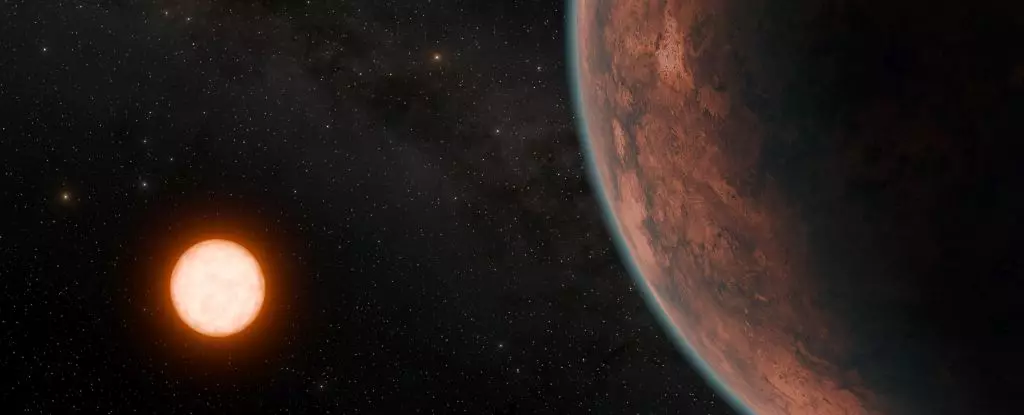Recent discoveries in the field of astronomy have unveiled an exoplanet, Gliese-12b, with striking similarities to Earth. The close proximity of this planet, orbiting a star just 40 light-years away from our Solar System, has sparked excitement and intrigue among scientists. With its Earth-like radius and potential for habitable conditions, Gliese-12b presents an enticing opportunity to further study the possibility of life beyond our own planet.
One of the key factors that make Gliese-12b a promising candidate for habitability is its location within the habitable zone of its host star. This Goldilocks zone, defined by the optimal distance from the star where conditions are just right for life to exist, is crucial in determining the potential habitable conditions of an exoplanet. Gliese-12b orbits its host star at a distance that could support liquid water on its surface, a vital component for life as we know it.
Atmospheric Conditions
One of the critical unknown factors regarding Gliese-12b is the presence of an atmosphere. The composition and stability of the planet’s atmosphere could significantly impact its habitability. Without an atmosphere, the surface conditions of Gliese-12b could resemble that of a scorching planet like Venus. Understanding the atmospheric conditions of this exoplanet is essential in determining its potential to support life.
By comparing Gliese-12b to other planets in our Solar System, such as Earth and Venus, scientists hope to gain valuable insights into the development of habitability pathways for exoplanets. The proximity of Gliese-12b to Earth in terms of temperature and radiation levels offers a unique opportunity to study the relationship between atmospheric conditions and habitability. This comparative analysis could shed light on the factors that influence the emergence and evolution of habitable conditions on distant worlds.
Researchers are eagerly anticipating the opportunity to further explore Gliese-12b using advanced telescopes such as the James Webb Space Telescope (JWST). By analyzing the exoplanet’s atmosphere and composition, scientists aim to gain a clearer understanding of its potential habitability. The data collected from such observations could provide valuable insights into the development of habitable conditions on exoplanets and help unravel the mysteries of alien worlds.
The discovery of exoplanet Gliese-12b represents a significant milestone in the search for habitable worlds beyond our Solar System. With its Earth-like characteristics and proximity to Earth, this exoplanet offers a unique opportunity to study the conditions necessary for life to thrive. By investigating the atmospheric conditions and habitability pathways of Gliese-12b, scientists hope to unlock the secrets of potential life on distant planets. The exploration of exoplanets like Gliese-12b holds the promise of expanding our understanding of the universe and the possibilities of life beyond Earth.


Leave a Reply